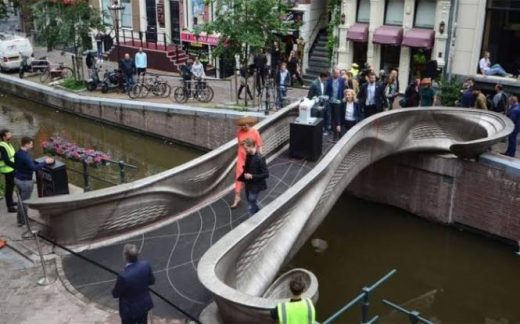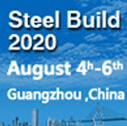By
Mr. S.L. Ghorpade
Under the guidance of Prof. A.B. Shendge
Dattakala Group of Institutions Faculty of Engineering, Swami – Chincholi (Bhigwan).
Abstract- The construction of tunnel is important for different purposes. They can be constructed for railways, roadways, pedestrian footways and can be built in hard rock, soft ground, river bed and are also used to convey Hydroelectric power, water stream, or as a sewer. The construction of Diversion Tunnel, Pressure Shaft, and Tailrace Tunnel to convey water is considered in this project. To identify Scheduling of different activities by various methods Network Diagram, C.P.M., P.E.R.T. and their cycle time is calculated. Scheduling for different activity is carried out with the help of Network Diagram & Primavera Software will be carried out in a project stage II. Study of Estimation for a Diversion Tunnel, Pressure Shaft, and Tailrace Tunnel by both methods. Excavation in heading and benching, Rock bolt support work, lining work is considered for cycle time and cost estimation calculation in Diversion Tunnel, Pressure Shaft, and Tailrace Tunnel. Estimation is also carried out by two methods. The comparison of two methods adopted for excavation work and estimation will be carried out in a project stage II.
Keywords- Scheduling, C.P.M., P.E.R.T., Gantt chart, Network Diagram, Estimation, Heading, Benching, Cycle time, Lining, Rock Bolts, Diversion Tunnel, Pressure Shaft, Tailrace Tunnel.
Read More
























2 different layer will make to step water
what is the difference between WMM(Wet mix macadam) & DBM(Dense bitumine macadam) ?
Respected Sir,
please explain what is the design procedure of concrete pedestal transfer industrial steel column load to footing
Dear sir
We have studied that while doing the fineness of cement not more than 10% cement retained on the 90 micron sieve , but when i studied Is 4031 part -1 , i did not see in code these words. so sir please justify me is it is right or wrong ? if right then give me the attachment of code.
With Regards
Vivek Bharti
Beam & column all sizes.where it used suitable sizes
How to design beam column slab footings
Send me simple and neat.
How to build a home for a normal person with a very minimised cost (for ex:- 16*30 squarefeets)?
can you please design a plan for it ? what is the actual cost required to build and where we can reduce the cost?
PLEASE HELP ME IN MY PROJECT ON SEISMIC ”POUNDING EFFECT OF BRIDGE STRUCTURE” IN THIS I STUDY THE BEHAVIOR OF BRIDGE WITH AND WITHOUT DAMPERS AND APPLY TIME HISTORY ANALYSIS. PLEASE GIVE ME ANY SUGGESTION
very very helpful for civil engineer
Please suggest a final year project which is cover BE subjects
am a student still seeking for addmission and i want to change the world for beter as a civil engineer
I’m an engineer graduated 11 years ago in my country Paraguay and haven’t worked on the field since then. I want to take the FE but the books I find are reviews for the test when what I need is text book that follows the subjects on the test.
Any help?
Thanks
Is it ok to use quarry fines, sand & portland cement for grout’s ingredients.
If so what is the preferred mix proportion for such.
Guys I have some new ideas about design the mobile but still am studying the civil engineering. But my question is for you all that’s impossible from me?????
Sir,
I am graduation civi with 3 yrs experience.
I want license for licensed building engineer from tamilnadu. My native is dindigul.
i hve full knowladge regarding airthmatic no. of CIVIL ENG…
I am studying second year.i cant understand structural analysis subject….plz tell me some reference books for sa
I found a code book of technical names of various civil workmen in IS 10302 -1982 after seeing all the names frankly speaking i dont know the most of the names meaning ( i means what work they do ) if you know any of their names and their works please let me know …..
1Bandhani 2.Bajri Spreader 3.Beater woman 4.Bellowman 5.Belchawala 6.Frash 7. Glazier
8.Greazer 9.Caneman 10.Chowkidar 11.tuiman 12.Upholsters13.Mate
I found a code book of technical names of various civil workmen in IS 10302 -1982 after seeing all the names frankly speaking i dont know the most of the names meaning ( i means what work they do ) if you know any of their names and their works please let me know …..
1Bandhani 2.Bajri Spreader 3.Beater woman 4.Bellowman 5.Belchawala 6.Frash 7. Glazier
8.Greazer 9.Caneman 10.Chowkidar 11.tuiman 12.Upholsters 13.Mate